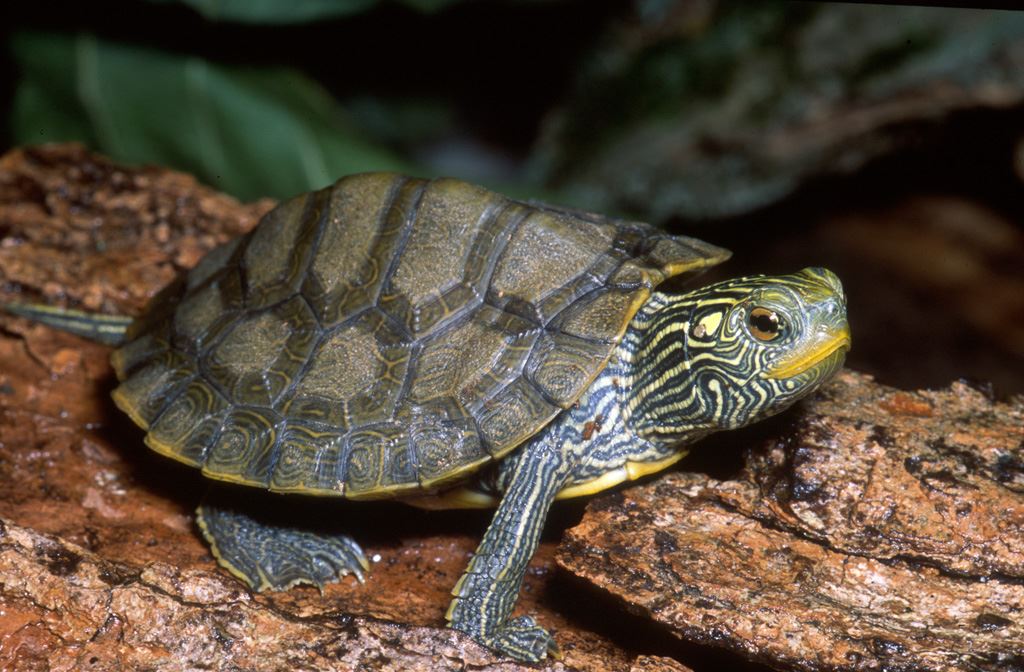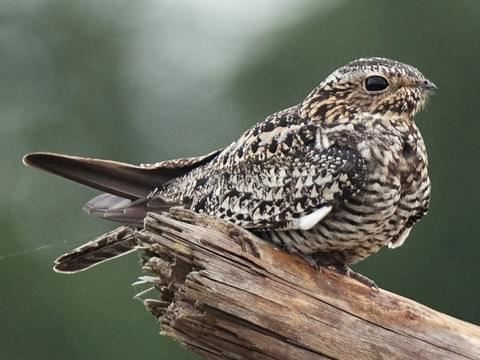.png)
Species at Risk
What does “at Risk” mean?
The conservation status of a species indicates the likelihood of its extinction in the near future. Although there are many ranking systems in place, here, the Committee on the Status of Species at Risk in Ontario (COSSARO) classifies animals and plants "at risk" on a scale with the titles of endangered, threatened, special concern, or extirpated.
- Special Concern – species still lives in the wild in Ontario. It is not endangered or threatened, but may become so due to a combination of biological characteristics and identified threats
- Threatened – species still lives in the wild in Ontario. It is not endangered, but is likely to become endangered if the factors threatening it are not addressed
- Endangered – species still lives in the wild in Ontario but it is facing imminent extinction or extirpation
- Extirpated – species lived in the wild in Ontario at one point in time, but no longer does. Species still lives somewhere in the world.
- Extinct – There are no living members of the species anywhere in Ontario or the world.
This system along with the Endangered Species Act and the Species at Risk Act work in tandem to not only prevent Canadian indigenous species from becoming extirpated or extinct, but also to provide recovery and encourage management to prevent more species from becoming at risk.
Species at Risk
Below are some of the Species at Risk that can be found on the Rideau Waterway Land Trust's properties.
Click each name or image for more information.
What We’re Doing to Help
Numerous species of plants and animals become at risk due to loss of habitat, climate change, and other human disturbances. Since our properties host many species at risk, the Rideau Waterway Land Trust (RWLT) often partners up with bodies such as the Ministry of Natural Resources and Forestry (MNRF) and the Ministry of Transportation (MTO) with projects centered on species at risk protection and education. For example, our latest project focused on improving the habitat for the Gray Ratsnake through the placement of nesting boxes and expanding basking areas. This webpage too, is part of our effort for public education about species at risk on our properties.
How you can help
- Reporting sightings: you can help support biodiversity and conservation efforts by providing information that can be used to help plan, protect, and study Ontario’s natural heritage.
- Plant a pollinator garden: Planting local flowering species in your garden can give these species the resources they need to survive. Monarch Butterflies for example, need milkweed plants to support their eggs and larvae, and then require nectar in their adulthood.
- Be on the lookout for invasive species: Invasive species are non-native species usually introduced by human activities ranging from the import and export of goods, to hitching rides on shipping vessels. Because they have no natural predators in their new area, they can take over territory, and outcompete native species. In Ontario, some prominent invasive species you’ve probably seen around are Giant Hogweed, Zebra Mussels, and Garlic Mustard.



_(43567652625)_(cropped).jpg)
